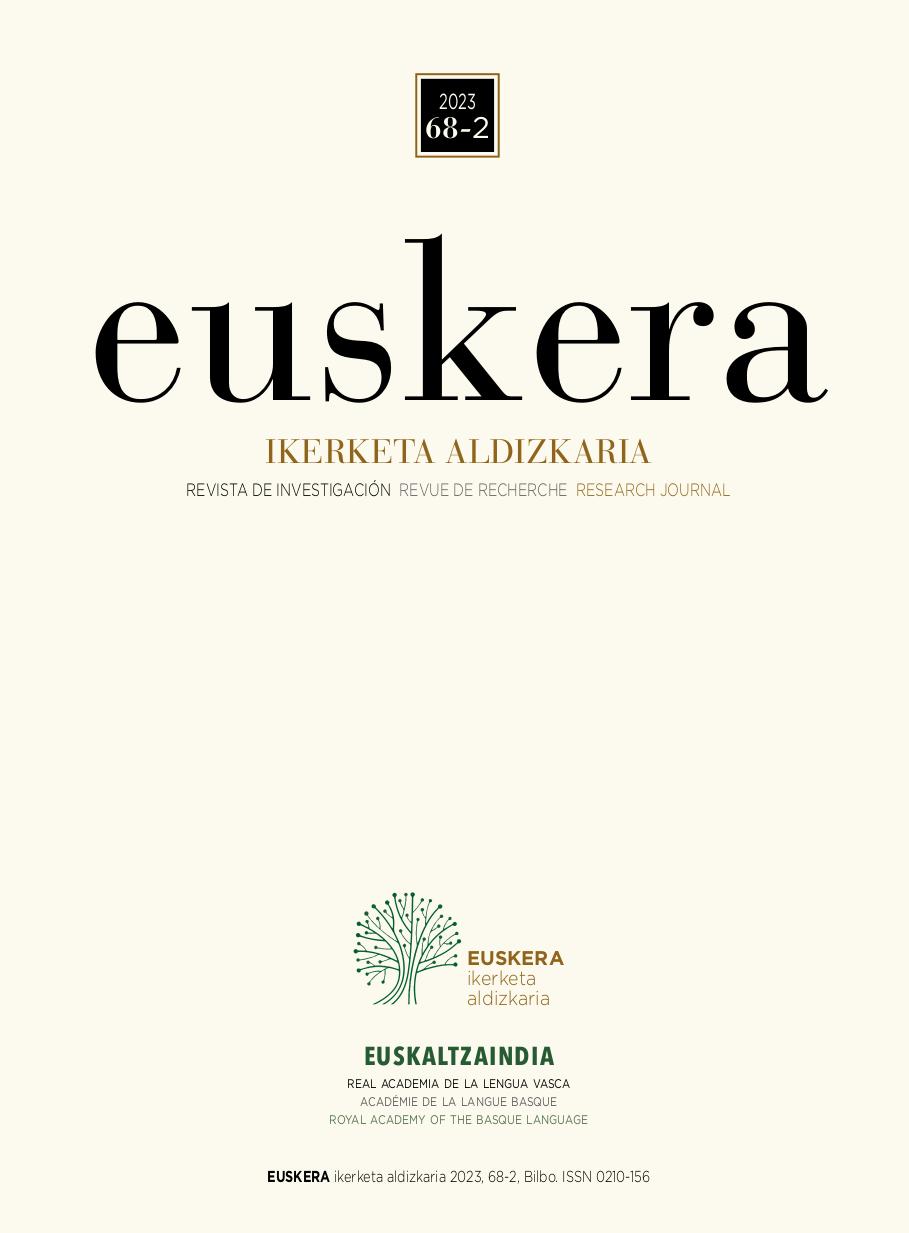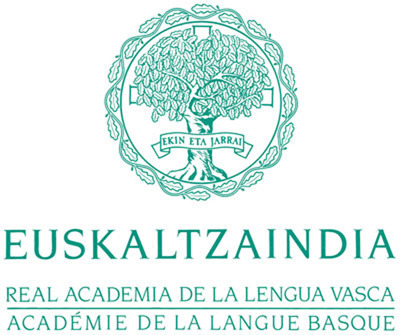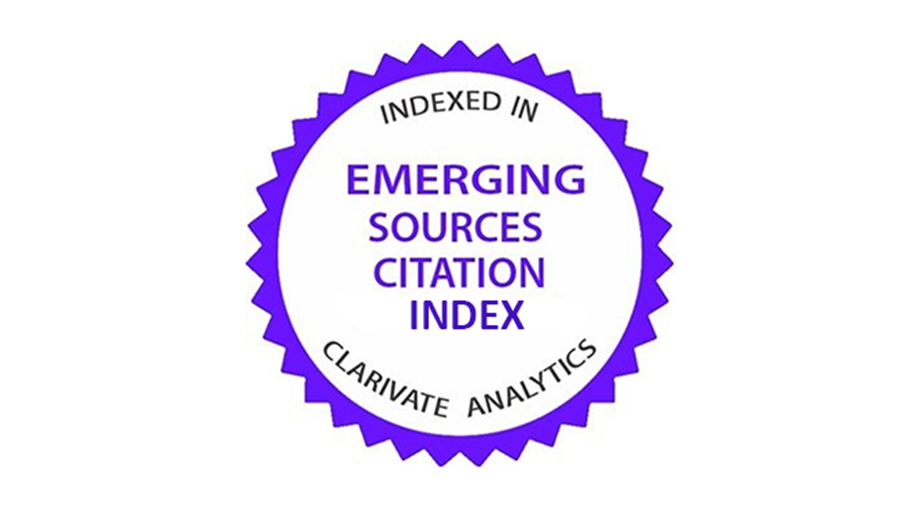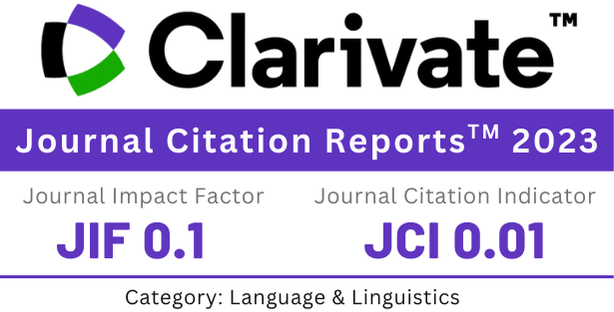The content of Basque tiktokers and the place of the language
DOI:
https://doi.org/10.59866/eia.v2i68.267Keywords:
TikTok, Basque, language, content analysis, social media, motivationAbstract
The use of TikTok has grown significantly in recent years, up to the point of becoming one of the most widely used social media amongst Basque teenagers. In this context, the present article examines the presence of the Basque language (Euskera) in TikTok, by analysing the accounts and content of several users who create and share content in this language. The study also analyses the motivations of Basque tiktokers to make and share videos in Basque through six in-depth interviews.
Downloads
References
Abidin, Crystal. (2020). «Mapping Internet Celebrity on TikTok: Exploring Attention Economies and Visibility Labours». Cultural Science Journal, 12(1), 77-103. https://doi.org/10.5334/csci.140 DOI: https://doi.org/10.5334/csci.140
Anderson, K.E. (2020). «Getting acquainted with social networks and apps: it is time to talk about TikTok», Library Hi Tech News, 37 (4), 7-12, https://doi.org/10.1108/LHTN-01-2020-0001 DOI: https://doi.org/10.1108/LHTN-01-2020-0001
Bidegain aire, E., Rozas Elizalde, I., Anton Ustaritz, E., Zuberogoitia Espilla, A., Arroyo Sagasta, A., & Diaz Bizkarguenaga, K. (2022). Youth, social nets and identity: A cross-border study from the Basque Country. Catalan Journal of Communication and Cultural Studies. Catálogo Mondragon Unibertsitatea/Katalogoa Mondragon Unibertsitatea. DOI: https://doi.org/10.1386/cjcs_00080_1
Boeker, M., Urman, A. (2022). «An Empirical Investigation of Personalization Factors on TikTok», WWW '22: Proceedings of the ACM Web Conference, Lyon, France, 25-29 April, 2298-2309 https://doi.org/10.1145/3485447.3512102 DOI: https://doi.org/10.1145/3485447.3512102
Chiang, H., Hsiao, K. (2015). «YouTube stickiness: The needs, personal, and environmental perspective», Internet Research, 25 (1), 85-106. https://doi.org/10.1108/IntR-11-2013-0236 DOI: https://doi.org/10.1108/IntR-11-2013-0236
Cuesta-Valiño, P., Gutiérrez-RodrígUeZ, P., Durán-Álamo, P. (2022). «Why Do People Return to Video Platforms? Millennials and Centennials on Tik-Tok», Media and Communication, 10(1). https://doi.org/10.17645/mac.v10i1.4737 DOI: https://doi.org/10.17645/mac.v10i1.4737
Darvin, R. (2022). «Design, resistance and the performance of identity on Tik-Tok. Discourse», Context & Media, 46. https:/ doi.org/10.1016/j.dcm.2022.100591 DOI: https://doi.org/10.1016/j.dcm.2022.100591
Dekhil, A. K., & Sarnou, H. (2021). «Investigating the Effect of TikTok App on the Transmission of Cultural Values in Algeria: A Case Study of Algerian Youngsters», International Journal of Media and Information Literacy, 6(1). https://doi.org/10.13187/ijmil.2021.1.77 DOI: https://doi.org/10.13187/ijmil.2021.1.77
Euskaltzaleen Topagunea. (2021). BZIBER jarraitzaileen ikerketa.
Euskararen Aholku Batzordea (2021). Euskararen ingurune digitala: Gomendioak 2021-2024. Gasteiz: Eusko Jaurlaritza.https://www.euskadi.eus/contenidos/informacion/recursos_arigara/eu_def/adjuntos/Euskararen-ingurune-digitala_gomendioak_2021-2024.pdf
Falgoust, G., Winterlind, E., moon, P., parker, A., ZinZoW, H., Chalilmadathil, K. (2022). «Applying the uses and gratifications theory to identify mo-tivational factors behind young adult's participation in viral social media challenges on TikTok», Human Factors in Healthcare, 2. https://doi.org/10.1016/j.hfh.2022.100014. DOI: https://doi.org/10.1016/j.hfh.2022.100014
Gazteen Euskal Behatokia (2019). Euskadiko gazteak eta sare sozialak. Gasteiz: Eusko Jaurlaritza.https://www.euskadi.eus/contenidos/noticia/sare_sozialak_libu-rua_19/eu_def/sare_sozialak_19_e.pdf
Goñi, M. (2019). «Euskararen egoera eta erronkak ingurune digitalean; Euskararen Aholku Batzordearen begirada», BAT Soziolinguistika Aldizkaria 111: 49-57.
Ikusiker(2021eko maiatza). Sortzaileak: TikTok. EHU.
Kaye, D. B. V., Chen, X., Zeng, J. (2021). «The co-evolution of two Chinese mobile short video apps: Parallel platformization of Douyin and TikTok», Mobile Media & Communication, 9 (2), 229-253. https://doi.org/10.1177/2050157920952120 DOI: https://doi.org/10.1177/2050157920952120
Lee, Y.-J. (2022). «Language learning affordances of Instagram and TikTok», Innovation in Language Learning and Teaching, 1-16. https:/ doi.org/10.1080/17501229.2022.2051517
Lee, M., Quillian, E. (2019). «Motivations for sharing marketer-generated content on social media: A comparison between American and Korean college students», Journal of Consumer Marketing, 36(1), 206-217. https://doi.org/10.1108/JCM-07-2016-1875 DOI: https://doi.org/10.1108/JCM-07-2016-1875
Massaguer, M., Flors Mas, A. Li, & Vila, F. X. (2021). Català, youtubers i joves influenciadors: Un punt de partida per promoure l'ús de la llengua. Generalitat de Catalunya. Departament de Cultura. http://portalrecerca.csuc.cat/75977530
Mendieta-Bartolomé, A. (2023). «Las estrategias multiplataforma de Euskal Irrati Telebista para las nuevas audiencias: los retos de una televisión pública en lengua minoritaria», Anàlisi: Quaderns de Comunicació i Cultura, https://doi.org/10.5565/rev/analisi.3503 DOI: https://doi.org/10.5565/rev/analisi.3503
Milà-Garcia, A., Tudela-Isanta, A. (2022). «Lenguas Minoritarias Y Redes Sociales: La creación De #estiktokat Para Contenidos En catalán», Cuadernos Europeos De Deusto, 4: 173-202. https://doi.org/10.18543/ced.2476 DOI: https://doi.org/10.18543/ced.2476
Montag, C., Yang, H., Elhai, J.D. (2021). «On the Psychology of TikTok Use: A First Glimpse From Empirical Findings»,Front. Public Health, 9: 641-673. https://doi.org/10.3389/fpubh.2021.641673 DOI: https://doi.org/10.3389/fpubh.2021.641673
Muguruza, B., & Epelde, I. (2022). Gazte eleaniztunak-Mintzalari eta mintzagai. Euskal Herriko Unibertsitatea.
Olivares García, F. J., & MéndeZ Majuelos, I. (2020). «Análisis de las principales tendencias aparecidas en TikTok durante el periodo de cuarentena por la COVID-19», Revista española de comunicación en salud, 2020 (Suplemento 1), 243-252. https://doi.org/10.20318/recs.2020.5422 DOI: https://doi.org/10.20318/recs.2020.5422
Omar, B., & De Quan, W. (2020). «Watch, Share or Create: The Influence of Personality Traits and User Motivation on TikTok Mobile Video Usage», International Journal of Interactive Mobile Technologies (IJIM), 14(04), 121-137. https://doi.org/10.3991/ijim.v14i04.12429 DOI: https://doi.org/10.3991/ijim.v14i04.12429
Page, K., Flanagin, A. J., Metzger, M. J. (2014). «Social media self-efficacy and information evaluation online», Computers in Human Behaviour», 39: 254-262. https://doi.org/10.1016/j.chb.2014.07.020 DOI: https://doi.org/10.1016/j.chb.2014.07.020
Ramati, I., Abeliovich, R. (2022). «Use this sound: Networked ventriloquism on Yiddish TikTok» ,New Media & Society, 0(0). https://doi.org/10.1177/14614448221135159 DOI: https://doi.org/10.1177/14614448221135159
Sanchéz Carrión, J. M. (1987). Un futuro para nuestro pasado. Donostia: Elkar.
Schellewald, A. (2021). «Communicative Forms on TikTok: Perspectives From Digital Ethnography», International Journal of Communication, 15. https://ijoc.org/index.php/ijoc/article/view/16414
Scherr, S., & Wang, K. (2021). «Explaining the success of social media with gratification niches: Motivations behind daytime, nighttime, and active use of Tik-Tok in China», Computers in Human Behavior, 124. https://doi.org/10.1016/j.chb.2021.106893 DOI: https://doi.org/10.1016/j.chb.2021.106893
Sidorenko Bautista, P., Alonso López, n., & Giacomelli, F. (2021). «Espacios de verificación en TikTok. Comunicación y formas narrativas para combatir la desinformación», Revista Latina De Comunicación Social, 79: 87-113. https://nuevaepoca.revistalatinacs.org/index.php/revista/article/view/1468, https://doi.org/10.4185/RLCS-2021-1522 DOI: https://doi.org/10.4185/RLCS-2021-1522
Tian, F. (2021). «Research of Social Media and Minority Languages in Guizhou», Proceedings of the 2021 3rd International Conference on Literature, Art and Human Development (ICLAHD 2021). Xishuangbanna, China. 29-31 October, 34-41. DOI 10.2991/assehr.k.211120.006
Törhönen, M., Sjöblon, m., Hassan, L., Hamari, J. (2020). «Fame and fortune, or just fun: A study on why people create content on video platforms», Internet Research, 30(1), 165-190. https://doi.org/10.1108/INTR-06-2018-0270 DOI: https://doi.org/10.1108/INTR-06-2018-0270
Vaterlaus, J. M., & Winter, M. (2021). TikTok: an exploratory study of young adults' uses and gratifications. https: doi.org/10.1080/03623319.2021.1969882 DOI: https://doi.org/10.1080/03623319.2021.1969882
Wang, G., Bahry, S. A., An, W. (2022): «Minority Language Revitalization and Social Media through the Lens of Covid-19 in Yunnan and Gansu, western China», Journal of Multilingual and Multicultural Development. https://doi.org/10.1080/01434632.2022.2042541 DOI: https://doi.org/10.1080/01434632.2022.2042541
Wang, W., Wu, J. (2021). «Short Video Platforms and Local Community Building in China», International Journal of Communication, 15: 3269-3291.
Xiomara, T., Hernando, A., Renés, P. (2021). «El impacto educativo de tiktok en la literatura científica internacional», in B. Castillo Abdul and V. García Prieto (eds), Prosumidores emergentes: redes sociales, alfabetización y creación de contenidos, Madrid: Dykinson, 125-147.
Xu, L., yan, X., & Zhang, Z. (2019). «Research on the Causes of the "Tik Tok" App Becoming Popular and the Existing Problems», Journal of Advanced Manage-ment Science, 59-63. https://doi.org/10.18178/joams.7.2.59-63 DOI: https://doi.org/10.18178/joams.7.2.59-63
Yang, S., Zhao, y., & Ma, Y. (2019). «Analysis of the Reasons and Development of Short Video Application-Taking Tik Tok as an Example», 9th Inter-national Conference on Information and Social Science, 340-343. https://doi.org/0.25236/iciss.2019.062
Zeng, J., idin, C., schäfer, M.S. (2021). «Research Perspectives on TikTok and Its Legacy Apps», International Journal of Communication, 15: 3161-3172.
Zott, C., Amit, R., & Donley, J. (2000). «Strategies for value creation in e-commerce: Best practice in Europe», European Management Journal, 18(5), 463-475. https://doi.org/10.1016/S0263-2373(00)00036-0 DOI: https://doi.org/10.1016/S0263-2373(00)00036-0
Zuo, H., Wang, T. (2019). «Analysis of Tik Tok User Behavior from the Perspective of Popular Culture», Frontiers in Art Research, 1(3), 1-5. https://doi.org/10.25236/FAR.20190301
